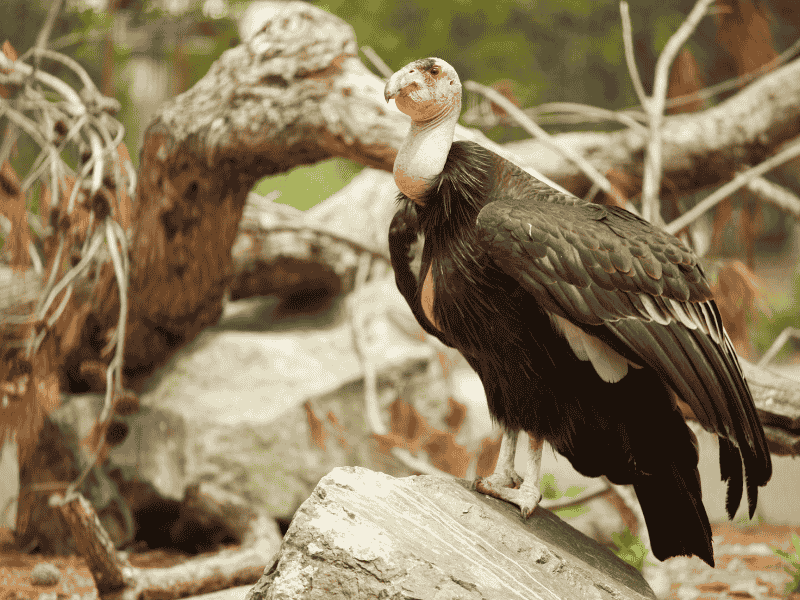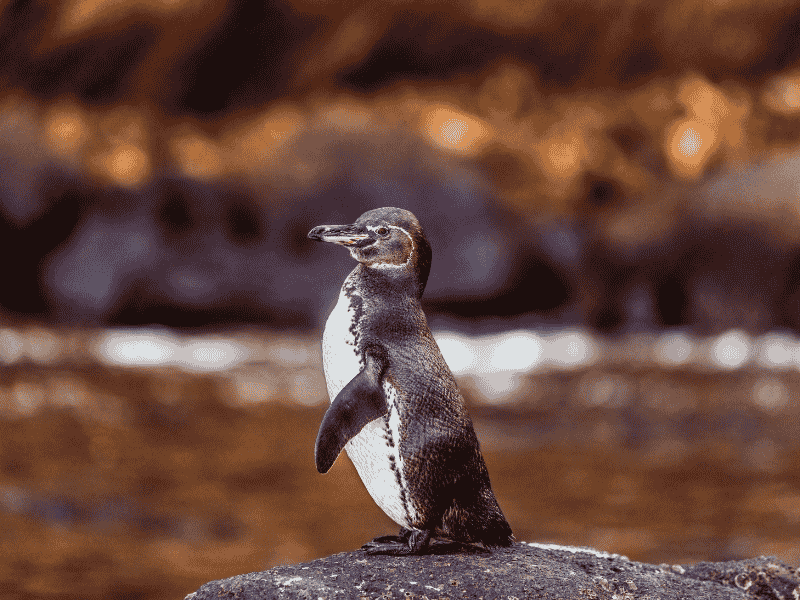Wondering How to Protect endangered birds? Endangered birds face a myriad of threats to their existence From habitat loss to poaching, climate change and the spreading of species that are invasive. With around 13% of all birds being considered endangered or threatened It is essential to implement extensive conservation strategies. The protection of these birds is essential not just for their protection as well as the wellbeing of ecosystems that depend on them to pollinate, disperse seeds and for ensuring the balance of the food chain.
This article offers practical suggestions for actions people, communities, and government officials can take to protect threatened bird species.
Understanding the Threats to Endangered Birds

Before examining strategies for protection It is essential to be aware of the main threats facing threatened birds:
1. Habitat Loss and Degradation
Habitat destruction is among the greatest threats facing birds. Deforestation, urbanization, expansion of agriculture, and the development of infrastructure each contributes to the loss of nature habitats. As habitats become less sustainable the birds are denied access to essential resources like nesting spots food sources, as well as routes for migration.
In some cases, habitat disruption forces birds into unfamiliar environments, such as warehouses or industrial spaces, where they struggle to find their way out. How to Get a Bird Out of a Warehouse offers practical steps to safely assist trapped birds in such situations.
2. Climate Change
Climate change alters the natural habitats and alters the patterns of migration and impacts the availability of food. Changes in weather patterns, increased temperatures and rising sea levels could result in the destruction or alteration of habitats, particularly for species that live on the coast, in polar and high-altitude habitats. Birds that depend on particular climate conditions to breed or for feeding are especially vulnerable.
3. Poaching and Illegal Trade
Poaching continues to pose a serious threat to many threatened bird species. Birds are commonly targeted as pets for trade, for hunting feathers and other body parts, or for illicit medical purposes. This illegal activity decreases bird populations and causes the decline of species.
4. Invasive Species
Invasive species, including predators that are not native to the area (rats and cats) and plants, could decimate bird populations. Predators prey on nestlings, eggs as well as adult birds, drastically affecting the native bird species, particularly on islands in which native birds have developed in solitude.
5. Pollution
Pollution can affect birds in many ways. For instance, chemicals such as pesticides and heavy metals can contaminate food chains as well as plastic waste and oil spills can harm birds directly. Pollution can also damage ecosystems and makes it more difficult for birds to find secure places to nest and water sources that are clean.
Steps to Protect Endangered Birds
The protection of endangered birds requires coordinated efforts on the local, national and global levels. Below are some effective actions that both individuals and groups can take to protect these birds:
1. Preserving and Restoring Natural Habitats
Habitat loss is the main factor in the decline of a variety of bird species, which makes conservation of habitats and protecting it is a crucial aspect of conservation.
Support Conservation Efforts
Join or contribute to organizations devoted to conservation of birds. These groups are dedicated to protecting important habitats for birds, such as grasslands, forests, wetlands and coastal areas in which endangered species are frequently located.
Participate in Reforestation and Habitat Restoration
Help to restore ecosystems through planting indigenous trees and restoring wetlands or by supporting programs that help improve forest habitats. These actions will help to replenish vital nesting, food, and migration routes for birds.
Establish and Support Protected Areas
Support the creation and maintaining protected areas, such as the national parks and wildlife reserve and marine protected zones. These protected areas are refuges for threatened bird species, securing the birds from threats posed by humans.
2. Reduce the Impact of Climate Change
The issue of climate change is crucial for protecting threatened birds, since changes in weather patterns and temperature directly impact the habitat of birds.
Advocate for Climate Action
Help policies that seek to reduce climate change through cutting carbon emissions, converting to renewable energy sources, and encouraging climate-conscious farming and management of forests. Reduced global warming can slow the loss of habitat and guarantee the survival of a variety of species.
Promote Sustainable Practices
Make sure you use sustainable products and practices throughout your day. Help businesses who practice sustainable sources and reduce the amount of waste. Living more sustainably, it is possible to reduce the carbon footprint of your home and reduce the effects of climate change on birds.
Support Biodiversity Conservation
Conserve biodiversity by donating to programs that are focused on the preservation of ecosystems along with wildlife corridors, as well as conserving important species. Conserving the biodiversity of an ecosystem improves the capacity of animals, and birds to adapt to climate change.
3. Prevent Poaching and Illegal Trade
Poaching and illegal trade in wildlife are among the major causes of declining bird populations particularly for species with vibrant colors, distinctive feathers, or a cultural significance.
Raise Awareness
Let the public be aware of threats of poaching as well as the illegal trade in wildlife. Discuss how the capture of birds for ornamental or pet purposes causes species loss and harms ecosystems. Discuss the ethical and environmental arguments to stay clear of supporting these activities.
Strengthen Law Enforcement
Promote stricter wildlife protection laws and make sure that they are followed. Support stiffer punishments for poaching, more border patrols to prevent illegal bird trafficking, as well as better protection of wildlife in the wild.
Report Poaching Activities
If you suspect or witness poaching, report it to your local authorities and wildlife protection authorities or other organizations such as such as the World Wildlife Fund (WWF). In addition, you can participate in online campaigns to monitor and identify illegal wildlife trade practices.
4. Control Invasive Species
Invasive species could decimate birds populations by eating eggs young birds and even competing for shelter and food.
Support Invasive Species Management
Contribute or volunteer to local projects that seek to fight the spread of invasive species. For example, they could install humane traps in order to rid the area of predators, or reintroduce native species to compete with harmful non-native species.
Build Bird-Safe Habitats
Make sure you use bird safe methods to shield nests that are vulnerable from predators. Bird exclusion devices such as netting, or construct birdhouses that offer a secure refuge for threatened species. Additionally, you can support the construction for artificial islands, or sanctuaries to birds in danger from the spread of invasive species.
If you’re dealing with persistent birds in unwanted areas, such as your garage, check out our guide on How to Get Birds Out of My Garage for humane removal strategies.
5. Reduce Pollution
Pollution has a broad impact on birds, particularly because of the pollution of food sources and nesting sites.
Reduce Plastic Pollution
Take part in local cleanup initiatives and push for policies that minimize the amount of plastic waste. Birds frequently mistake plastic debris as food, resulting in the ingestion of food, injuries or even death. Reduced use of plastic is among the most effective methods to safeguard bird populations.
Support Sustainable Farming and Pesticide Regulations
Advocate for and support organic farming methods that minimize pesticides used, minimize harmful chemicals, and help protect bird habitats. Organic farming practices could be an integral element of the solution, helping to reduce the harm caused by birds and the environment.
Participate in Habitat Restoration
Join in the effort to clean up habitats, such as coastal areas, wetlands or forests. Correctly disposing of trash and removing hazardous waste and removing oil spills can avoid harm to birds as well as ensure their habitats will be sustainable.

6. Create Bird-Friendly Environments
Making bird-friendly spaces can be a huge benefit both in suburban and urban areas.
Provide Safe Habitats
Plant native plants, trees, and flowers to provide a pleasant environment for birds in danger. You can also build feeders and birdhouses to aid native bird species. Native plants are essential since they provide the food and shelter that birds require to flourish.
Install Bird-Safe Windows
To avoid collisions between birds and windows made of glass, put in bird-friendly glass. You can also apply decals, patterns as well as screens, to help make windows easily spotted by birds. Birds are frequently drawn to reflections of windows and collisions could cause severe injuries or even death.
Reduce Light Pollution
Switch off any unnecessary lighting at night to minimize the possibility of birds colliding with structures particularly during migration times. Through reducing the amount of light pollution you are helping to protect birds migrating through your area that travel by the moon and stars.
7. Support Bird Conservation Organizations
A number of non-profit groups focus on preserving endangered birds.
Donate and Volunteer
Contribute to the conservation of birds by making donations by donating your time, or by offering your expertise. These organizations are typically at the forefront of research as well as habitat restoration and monitoring of birds.
Raise Awareness
Help spread the word on the significance of conservation of birds. Post information on social media and organize awareness events and encourage others to participate in initiatives to safeguard threatened species of birds.
Protection of Endangered Birds Summary
The protection of birds in danger requires a multi-faceted strategy. Through knowing the dangers they face and making steps to safeguard their habitats, minimize the impacts caused by climate change tackle poaching, deal with the spread of invasive species, and cut down on environmental pollution, it is possible to ensure an environment that is safer for birds. Engagement at the community at the national, international, and community levels is vital to the conservation of the species.
In protecting birds that are endangered We are also preserving the ecosystems that they live in. The benefits of conservation for birds go beyond the birds by ensuring that ecosystems which they sustain will remain in good shape for the next generation.
